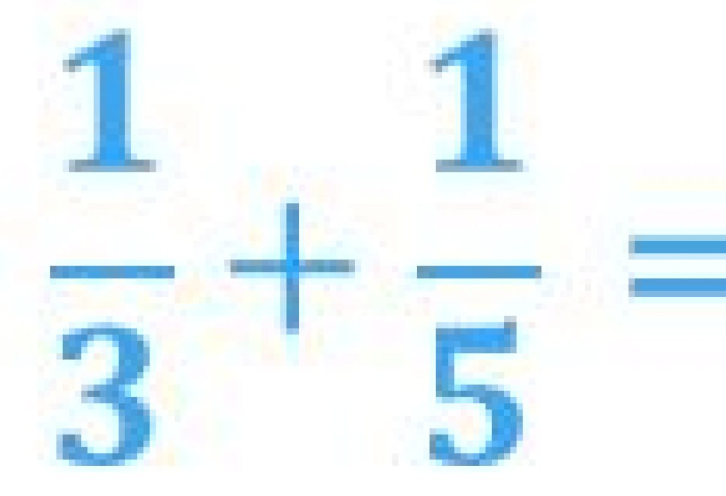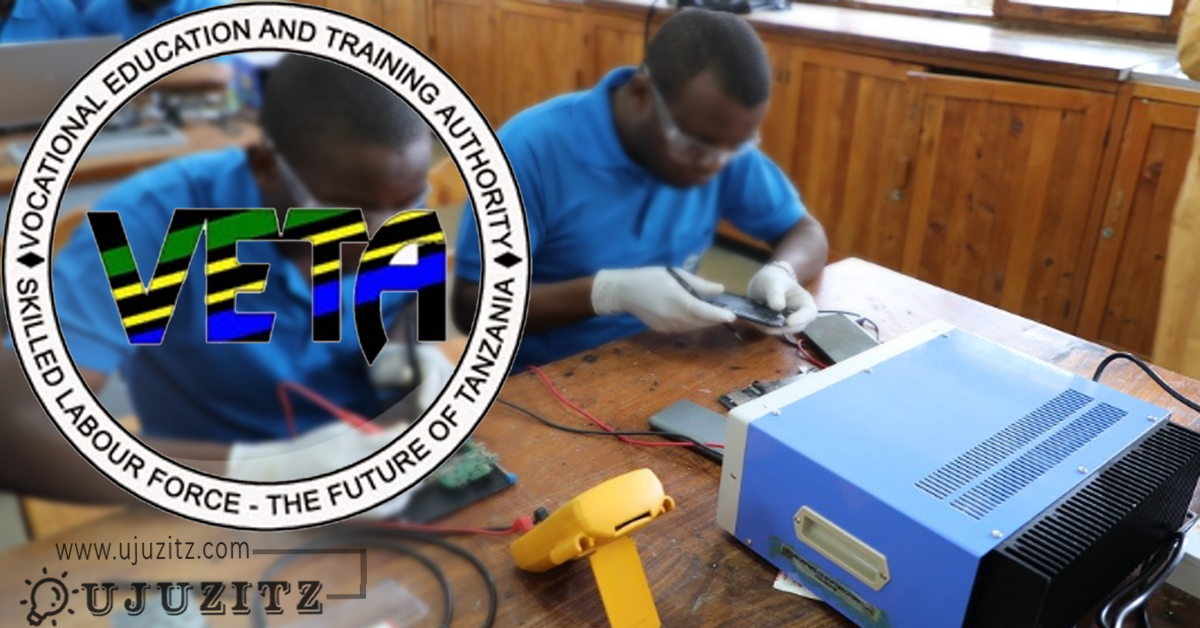Easy Way to solve Fractions Without using a Calculator
In mathematics, a fraction is considered as a ratio of the numerator and the denominator. Both the numerator and the denominator in a fraction should be integers. You can simplify various fractions by using the multiple fraction calculator. But when it comes to manual calculations, its crucial to get a grip on various arithmetic operations on fractions to reduce them. This is important for the students to know the method of how to solve the fractions without using the fraction calculator. There are four basic types of fractions: unit fraction, proper fraction, improper fraction, and mixed fraction.
In this article, we are going to learn how to solve fractions without using the fractions calculator:
Addition of fraction :
When the denominator of all the fraction is same, we simply have to add the numerator and the denominator remain the same in the answer:
Example:

When the denominator is different, then we use them to find the Least count denominator of the denominators of all the fractions, then we divide the LCD with the denominator of fractions and multiply the answer with the numerator, then keep the denominator the same and add all the fractions:
 Subtraction of fraction
Subtraction of fraction
We use the same method of subtraction as addition, for example, if we have a fraction with the same denominators, we simply subtract the fraction with a larger numerator to the fraction with a lesser numerator.

When we have non-equivalent fractions, then we use the same method as for the addition of non-equivalent fractions:
Multiplications of fractions:
We can multiply fractions by simply multiplying the numerators of the fractions with each other, multiplying fractions is simple, we multiply the denominators of both the fractions with each other, so we can get the resultant fractions:
For example:
 Division of fractions:
Division of fractions:
When dividing fractions, we have to turn the second fraction upside down, and it becomes the reciprocal of the fractions and then we apply the rule of the multiplying fractions on this fraction, we try to understand the concept by the following example:
![]()
In this fraction, when we turned them upside down, then the denominator of the second fraction becomes the numerator and the numerator becomes the denominator, in this case, the numerator becomes “9”, which is cut down by the denominator of the first fraction which is “3”. Then we multiply it with the “5”, the answer would be 154.
Steps in a division of fractions:
There are three steps involved in the division of the fractions, when we dividing fractions, we need to follow these them:
- Flip the fraction:
At the first step, Invert the divisor into reciprocal and turn it upside down
- Change the sign:
In the second step, you need to change the sign of division into multiplication.
- Simplification of the fraction:
Now you have to simplify the fraction and find the answer of the fraction.
Conclusion:
Students need to learn the simplification of the fractions, without using the fraction calculator, they can use the calculators in the higher degree classes. The students up to the eighth grade should learn the tables, it is necessary for their learning. They should be familiar with how to solve the proper, improper, and mixed fractions without using the fraction calculator. The basic manual skills of mathematics like multiplication, division and solving fractions without calculators may be difficult for the children, but they can learn these concepts quickly if the proper method is used.








Leave a Reply